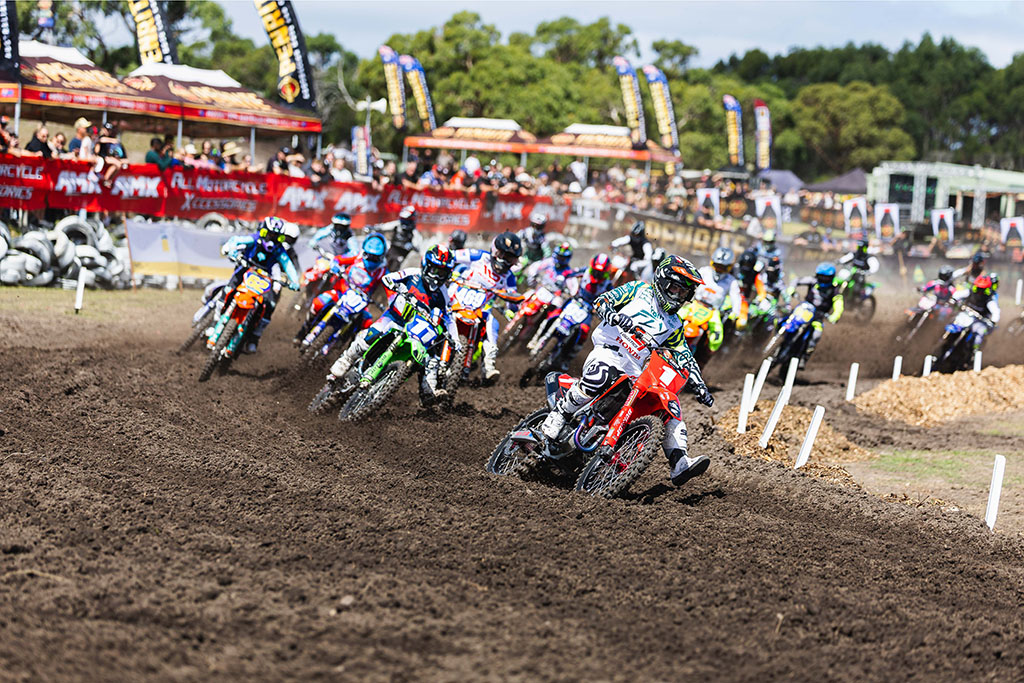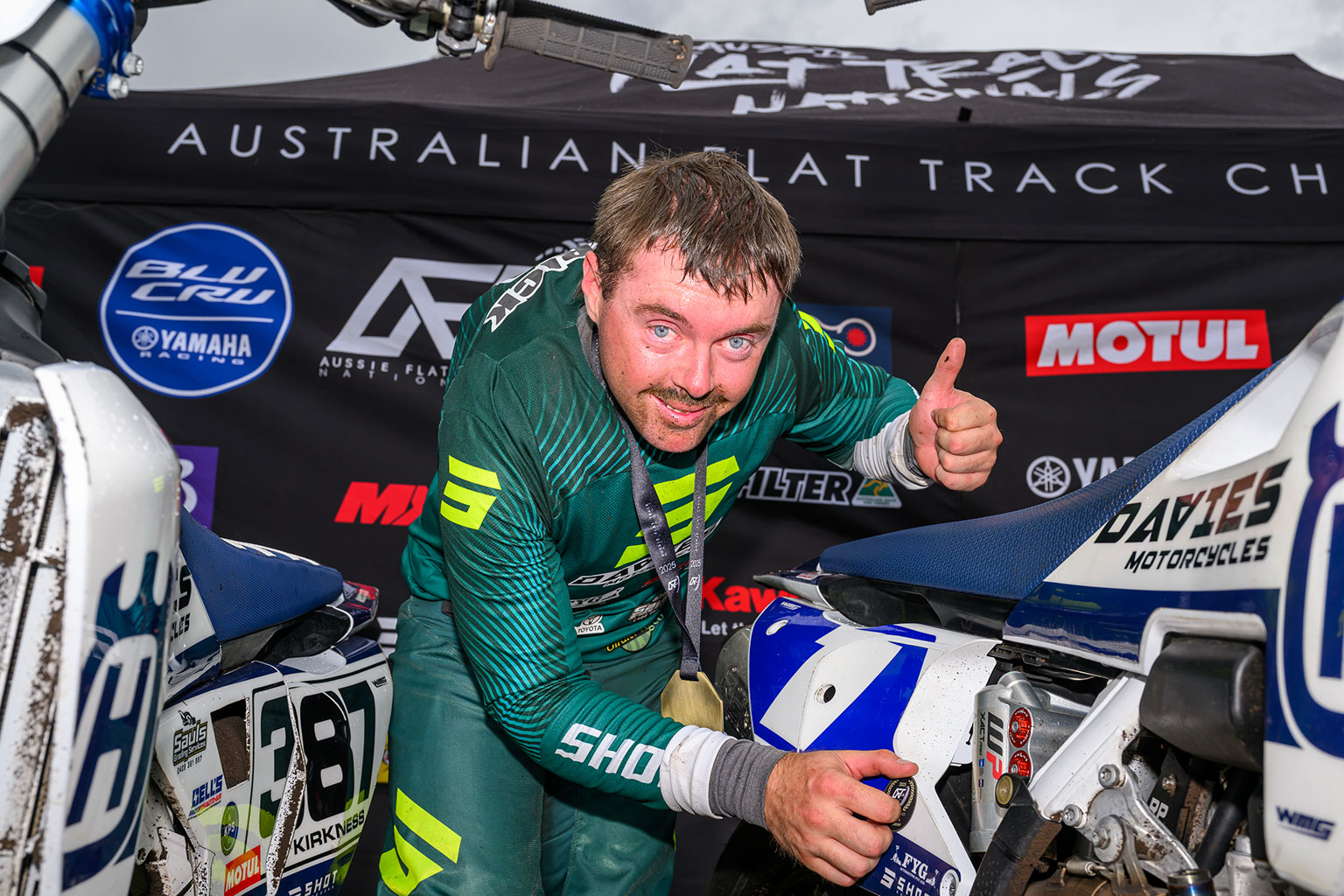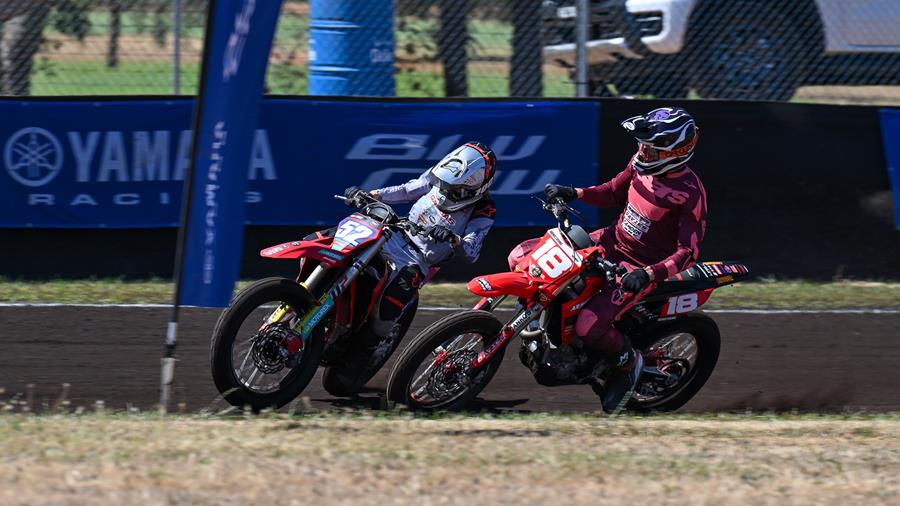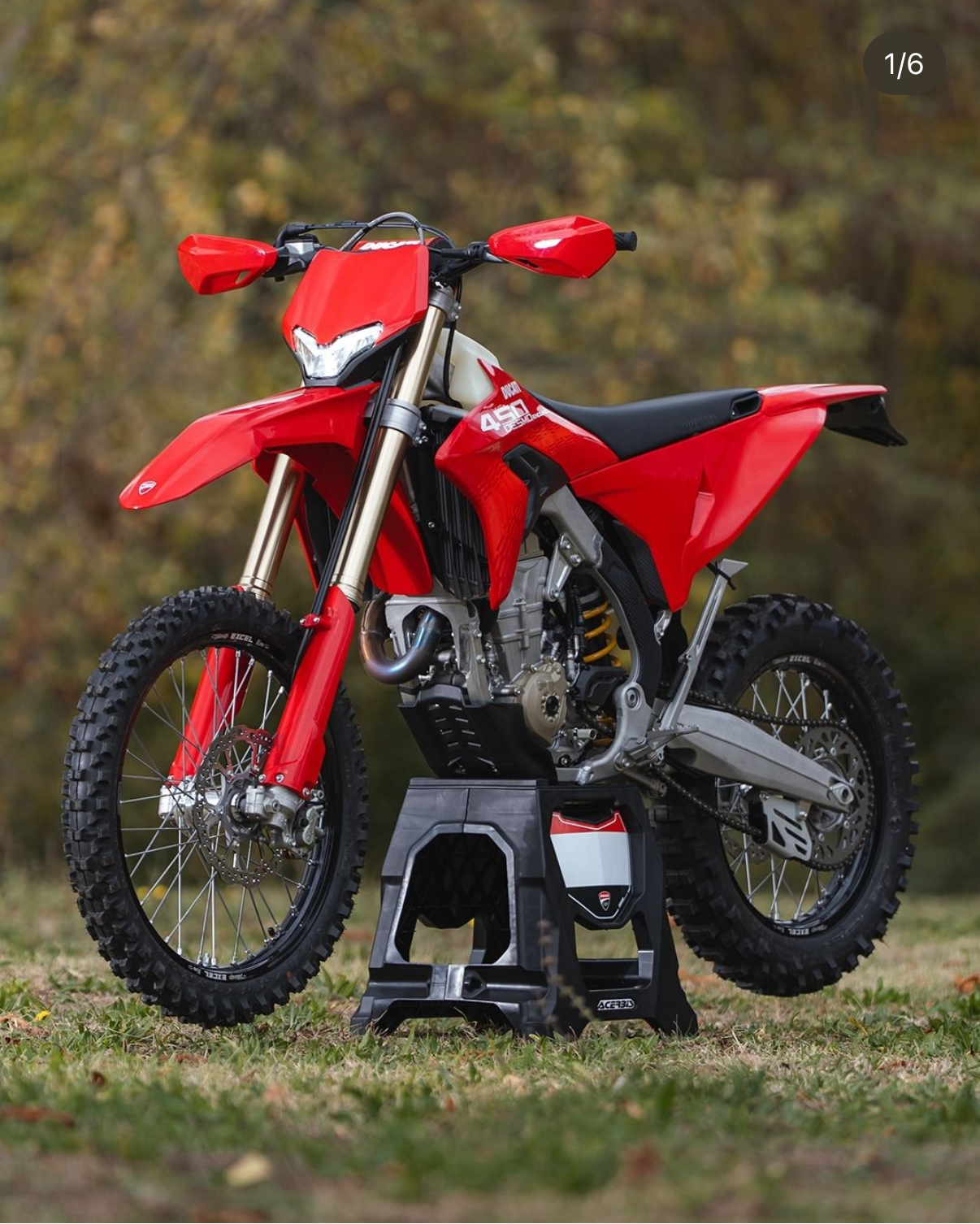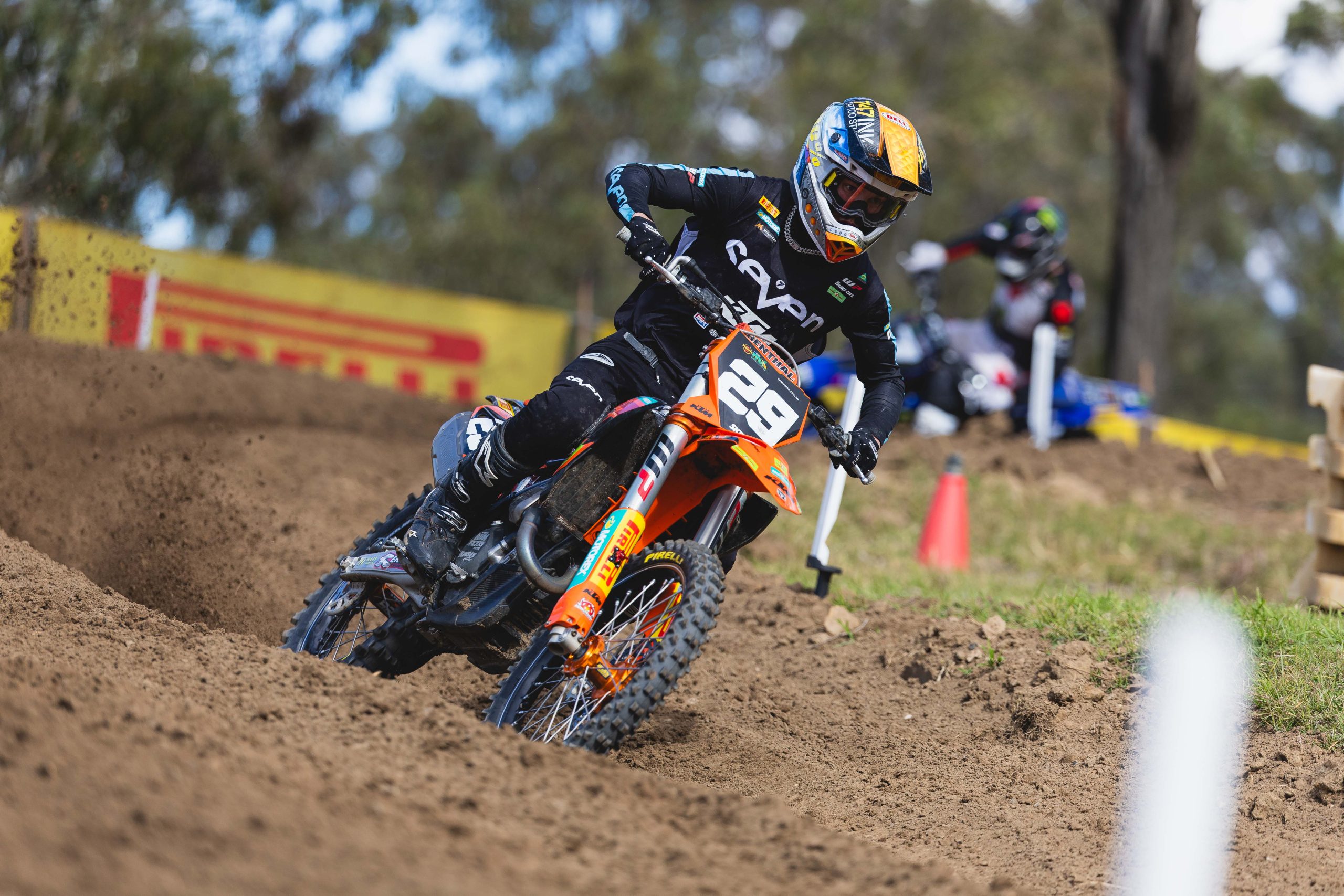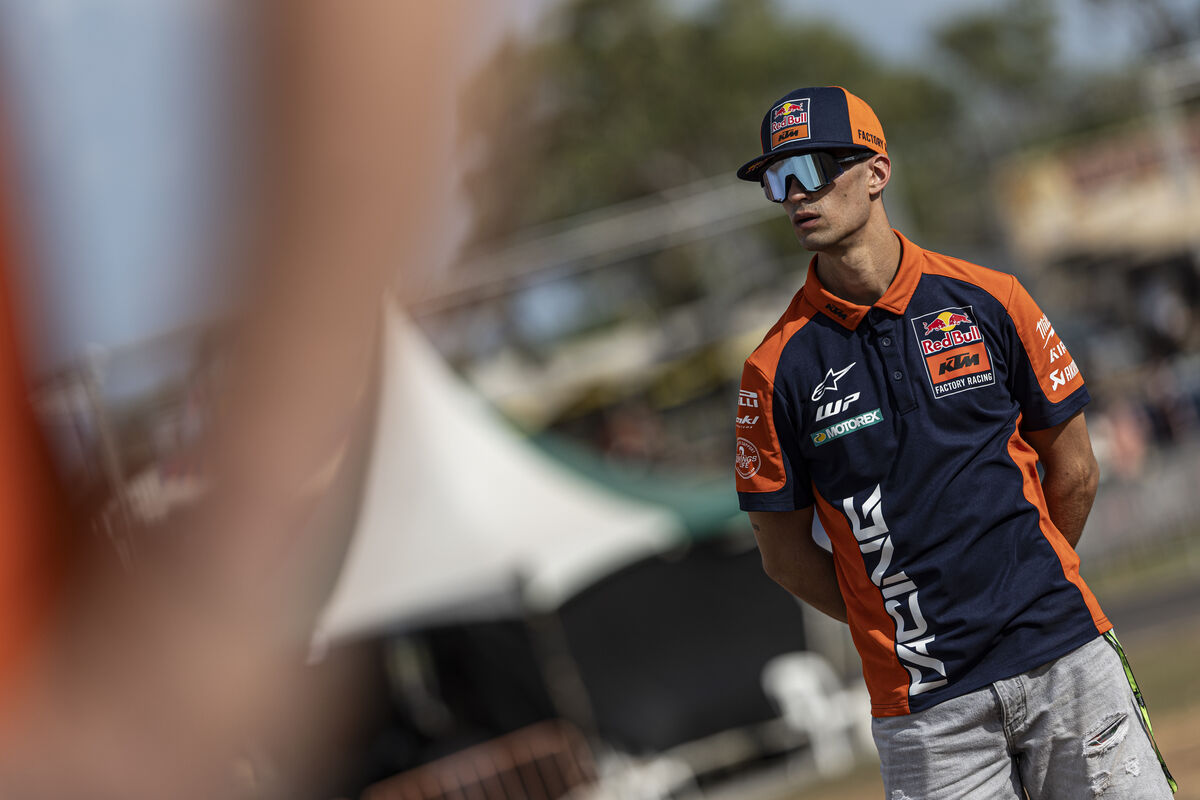New owners Bajaj Auto aiming to slash overheads by half with sweeping reforms
KTM is staring down the barrel of its biggest shake-up in decades, with long-time partner Bajaj Auto preparing to take majority control and slash the Austrian brand’s overheads by more than half. The move comes as KTM works to steady itself after a rough 2024 that saw the company suddenly tumble into financial collapse.
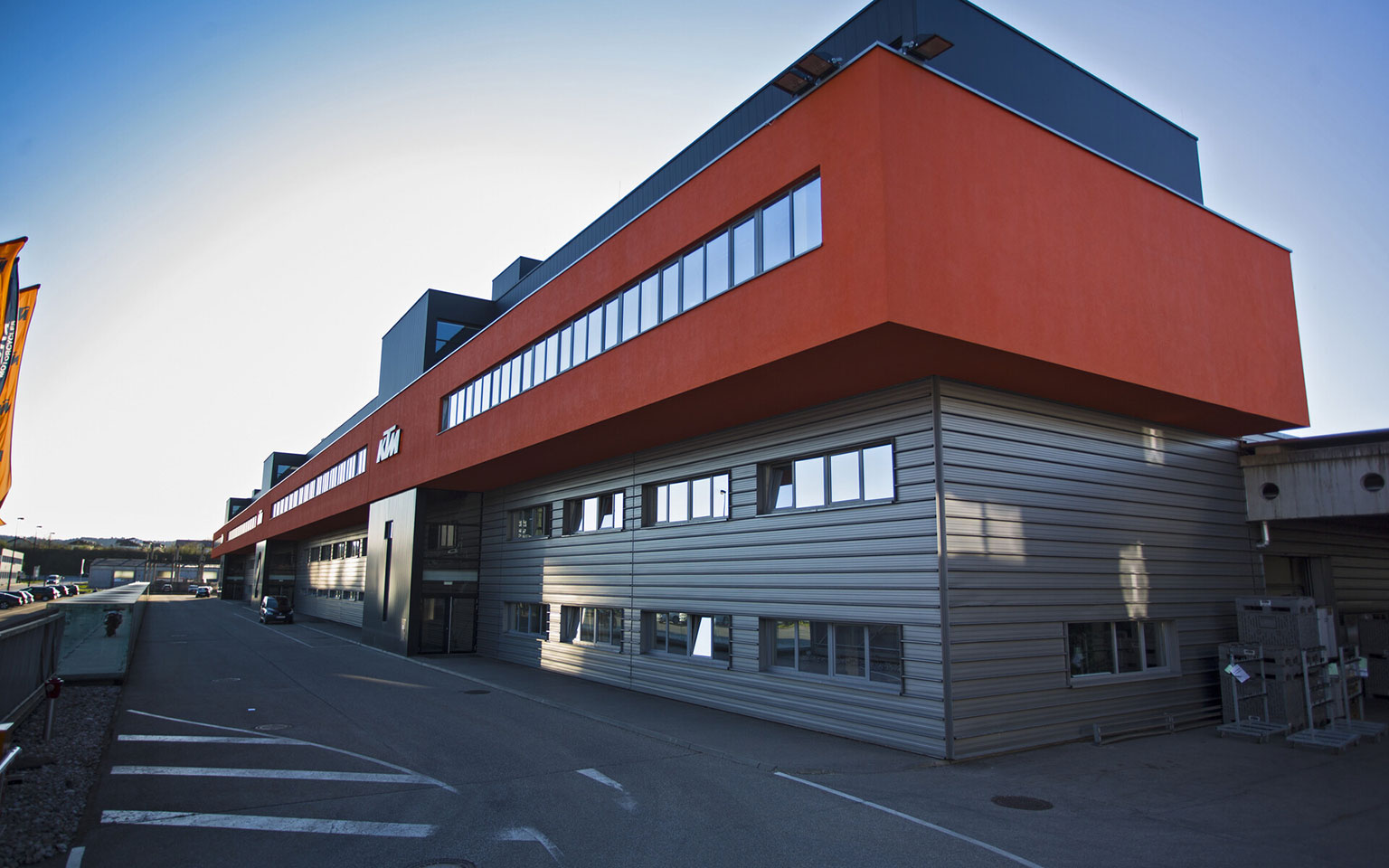
Bajaj Auto Managing Director Rajiv Bajaj outlined the plan in an interview with CNBC-TV18, explaining that the focus is on trimming KTM’s white-collar workforce while keeping factory jobs safe. “This is really low-hanging fruit,” he said. “We see an opportunity to reduce overheads by more than 50 percent, including R&D, marketing, operations, and general administration. Of the 4,000 employees, only about 1,000 are blue-collar, which is perplexing because they’re the ones who make the motorcycles.” He went on to describe KTM’s management structure as bloated to the point of parody, noting, “It reminds me of Mark Zuckerberg’s words about managers managing managers managing managers who manage the people who do the work.”
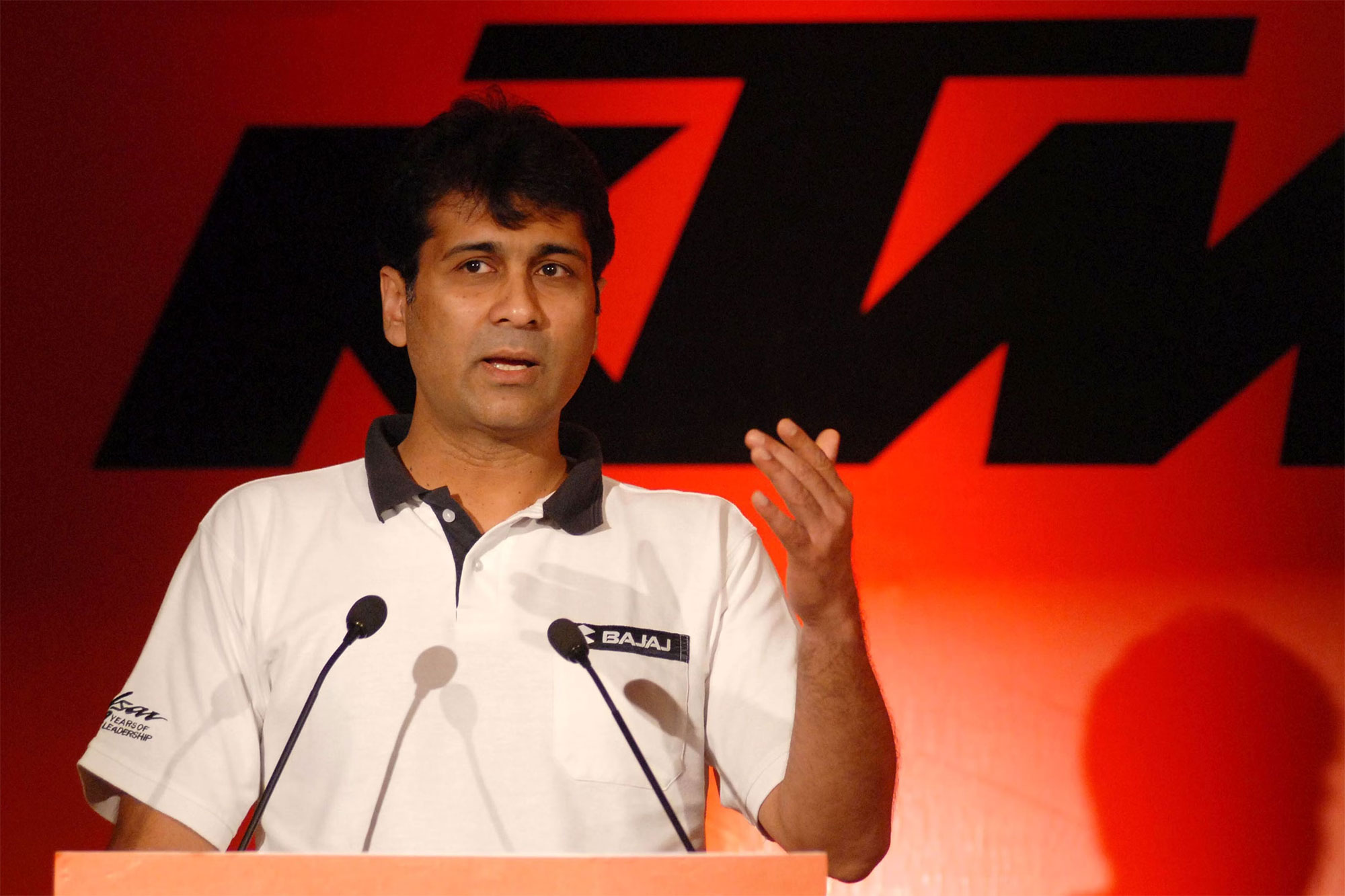
These cuts form part of Bajaj Auto’s massive €800 million (around AUD 1.3 billion) rescue package for KTM. Bajaj has already tipped in €200 million and secured a further €566 million in loans. With the European Commission recently rubber stamping the takeover, Bajaj’s shareholding has jumped from just under 50 percent to 76 percent, ending nearly 20 years as a minority player in the partnership.
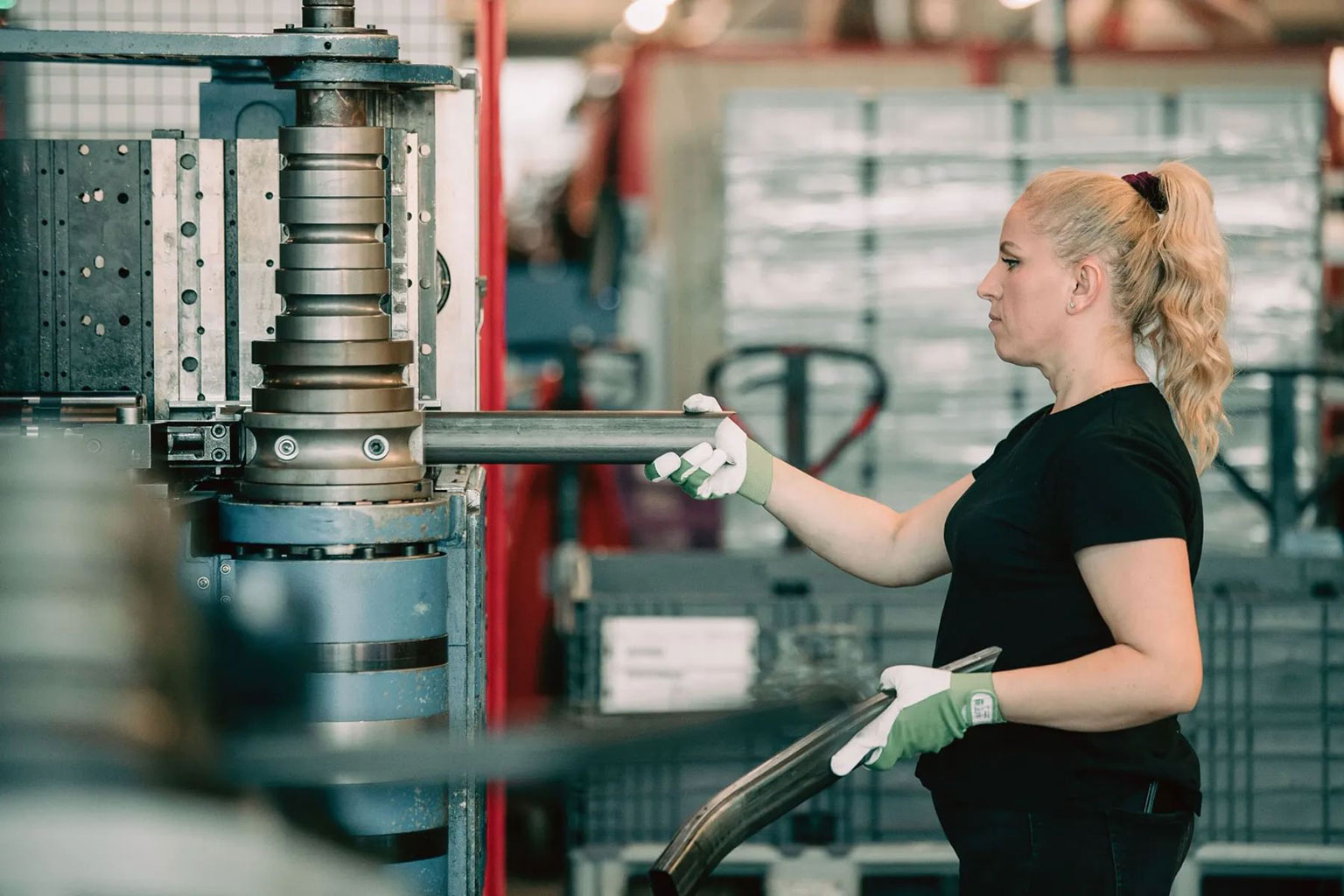
Bajaj was frank about what he thinks dragged KTM into trouble, attributing the collapse to three types of “corporate greed”: operational, strategic, and governance-related. He said KTM kept pumping out motorcycles long after the post-COVID sales boom had dried up, leaving distributors clogged with unsold stock. The company also wandered into side projects such as electric bicycles, which Bajaj said had no meaningful connection to its core business. “Certain decisions were taken without our knowledge or without due process,” he said. “This was a problem of the erstwhile top management, and most of them are gone.”
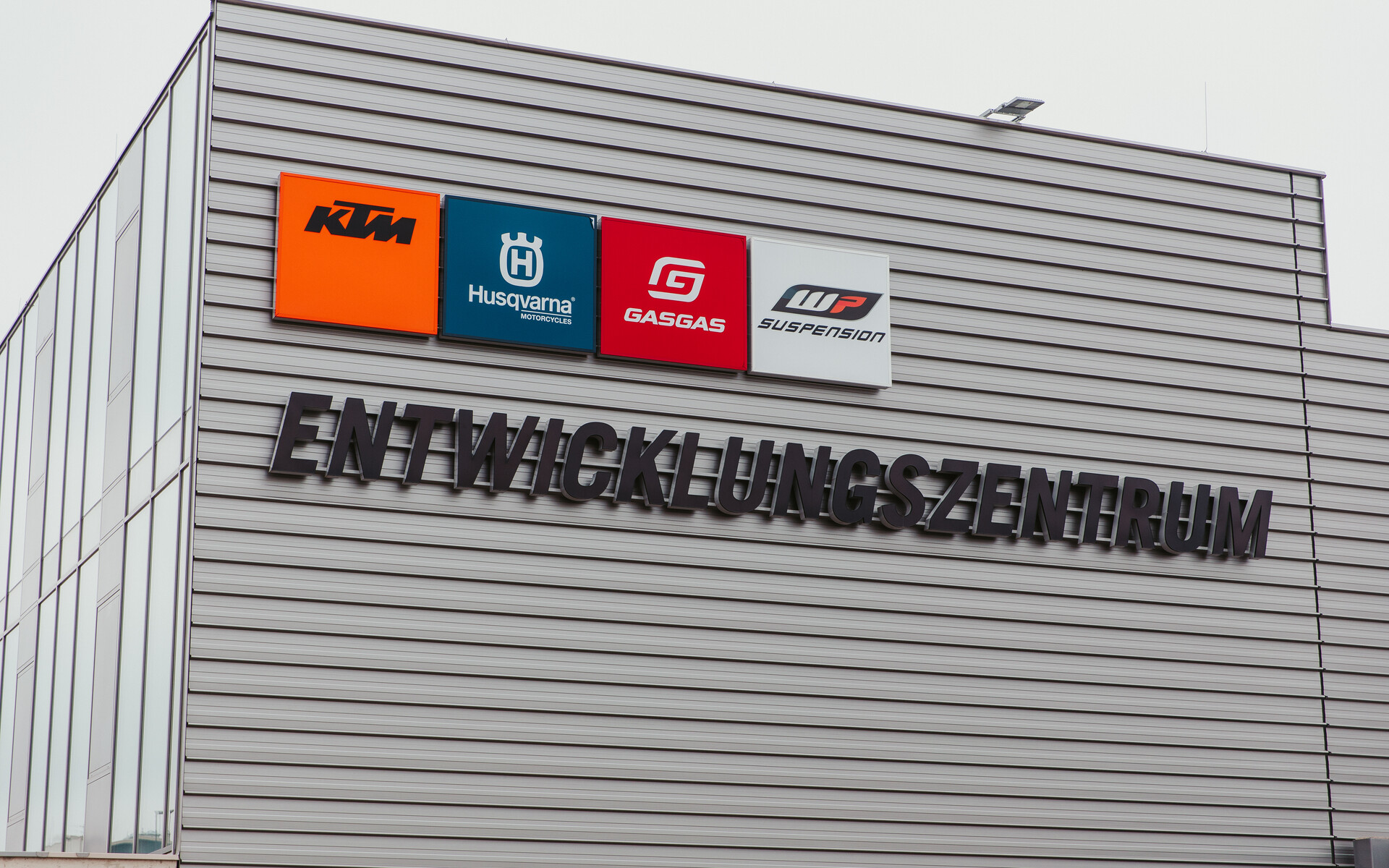
KTM has already shuffled its leadership deck, blending long-time employees with new executives, including freshly appointed CFO and CHRO roles. While Europe works through the mess, KTM India continues to fire on all cylinders. Domestic sales there are up roughly 70 percent year-on-year, boosted by GST cuts and the release of new models including the Duke 160. Exports have also stabilised, and despite the 50-percent tariff slapped on KTM bikes headed for the United States, Bajaj says the brand remains in the black. “Even after absorbing most of the cost, we’ll be exporting at an EBITDA higher than our corporate average. That’s the power of India’s cost competitiveness,” he said.
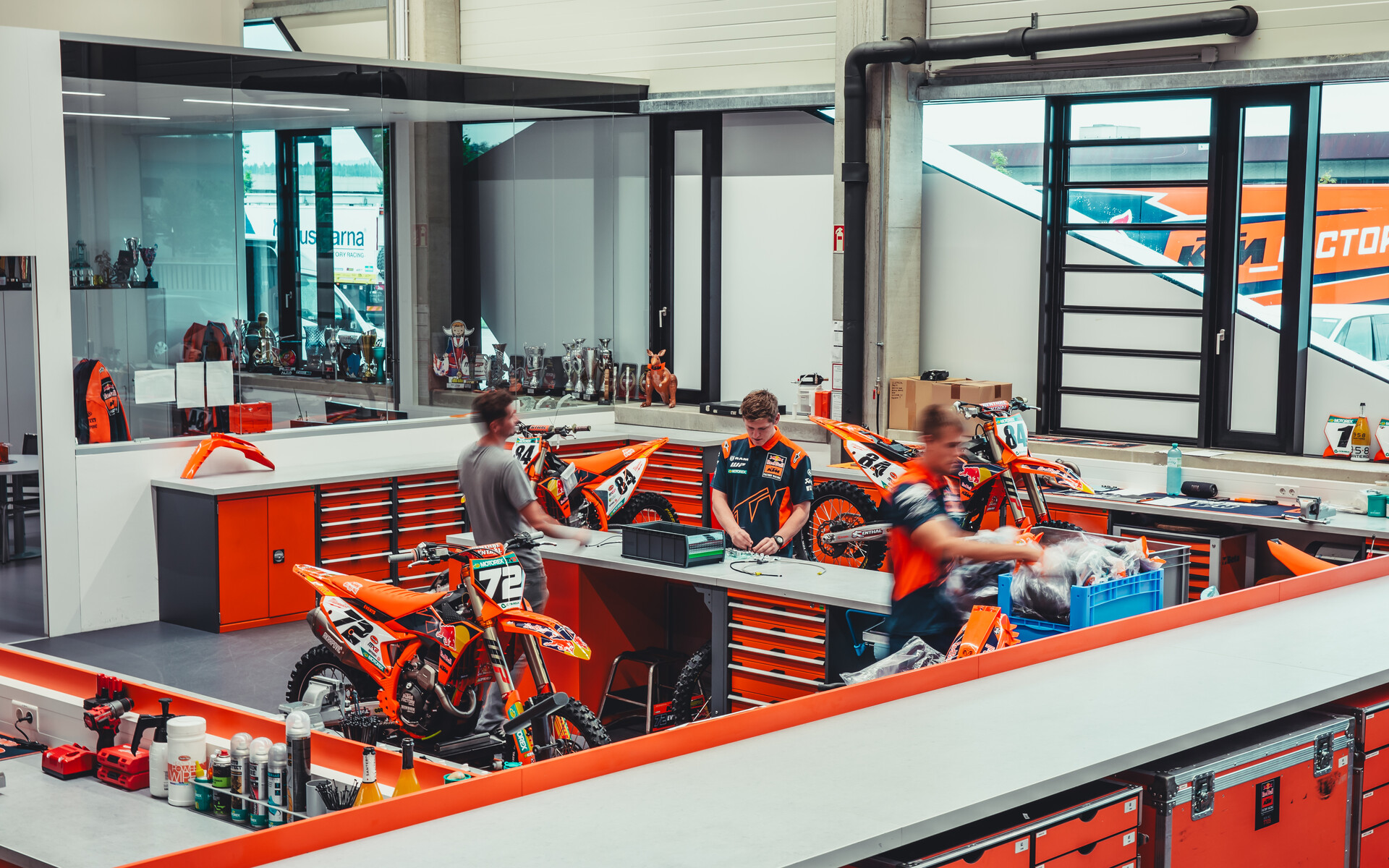
Bajaj also reiterated his long-standing view that Europe is becoming an increasingly tough place to build motorcycles. “European manufacturing is uncompetitive — wages are too high, working hours are too few, and energy costs are excessive. KTM already moved half its production volume to India, and expanding that shift is certainly the way forward.” It’s a direction Aussie riders have already begun to see, with more smaller-displacement KTMs rolling out of India in recent years.

Now, with new leadership, tighter financial discipline and a renewed focus on the brand’s core identity, Bajaj says the priority is rebuilding confidence among KTM’s workers, dealers and shareholders. “This isn’t a problem created by 99 percent of KTM employees,” he said. “It’s a problem of management excess. What we have now is a great new team and a clear path forward.”
KTM CEO Gottfried Neumeister says the turnaround is already well underway.
“The turnaround is in full swing. We are making good progress not only with restructuring and cost reduction, but we have also begun the journey to increase sales with new and existing loyal customers. We expect to sell a significantly higher number of motorcycles to our dealers and importers in the second half of the year compared to the previous year. At the same time, inventory reduction is progressing better than expected. By the end of the year, global inventory is anticipated to be down by 110,000 motorcycles.”
 KTM CEO Gottfried Neumeister
KTM CEO Gottfried Neumeister

